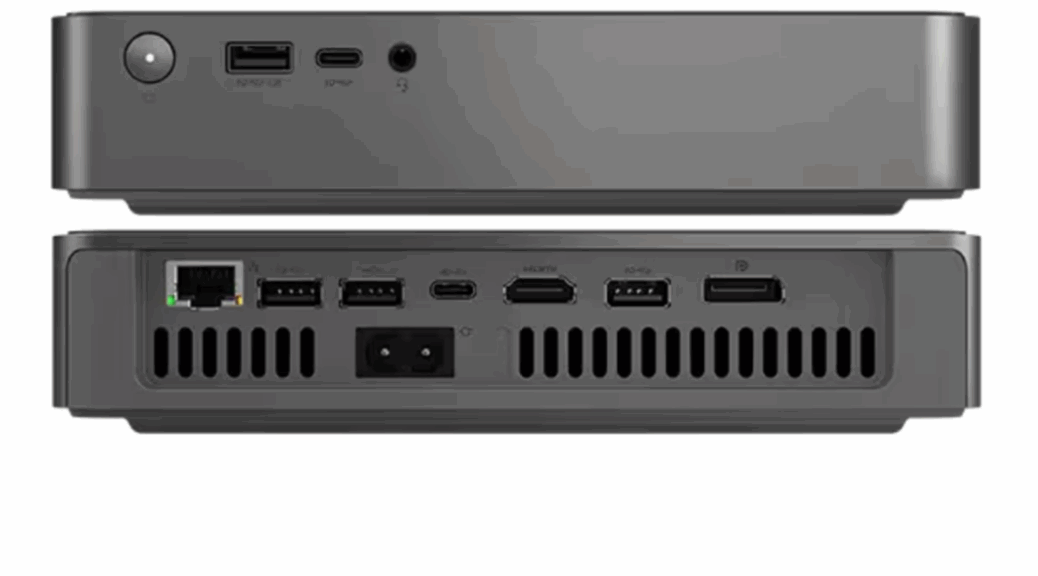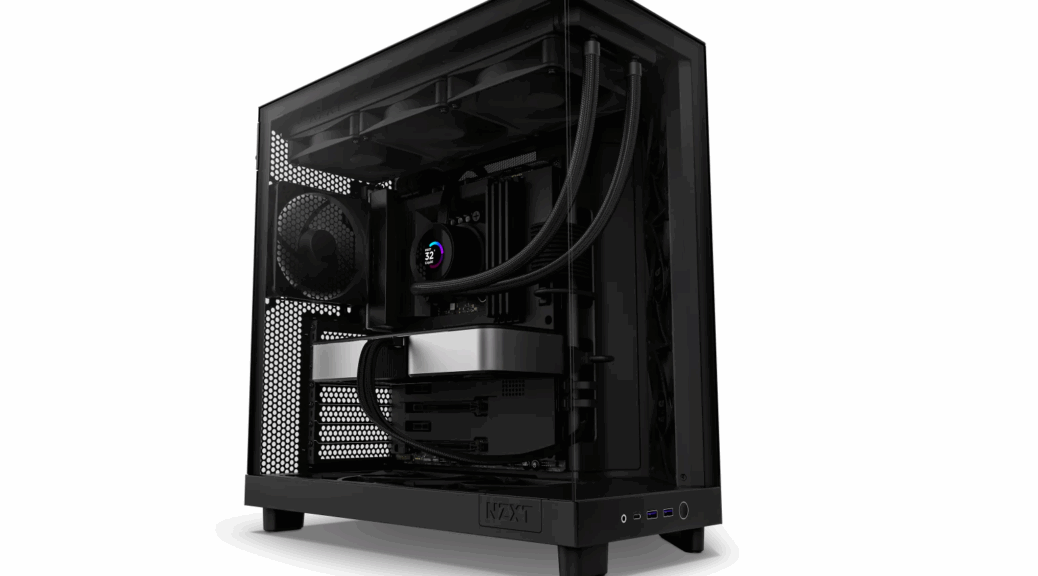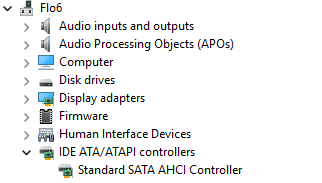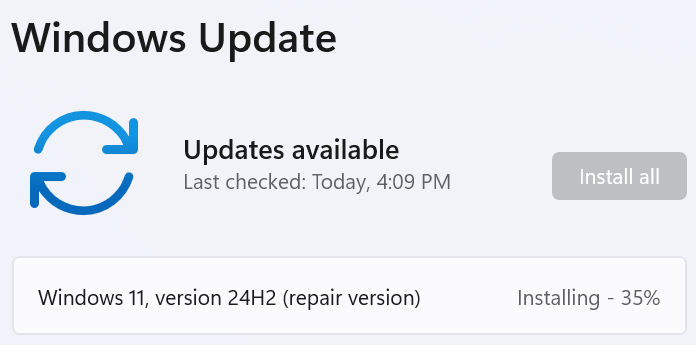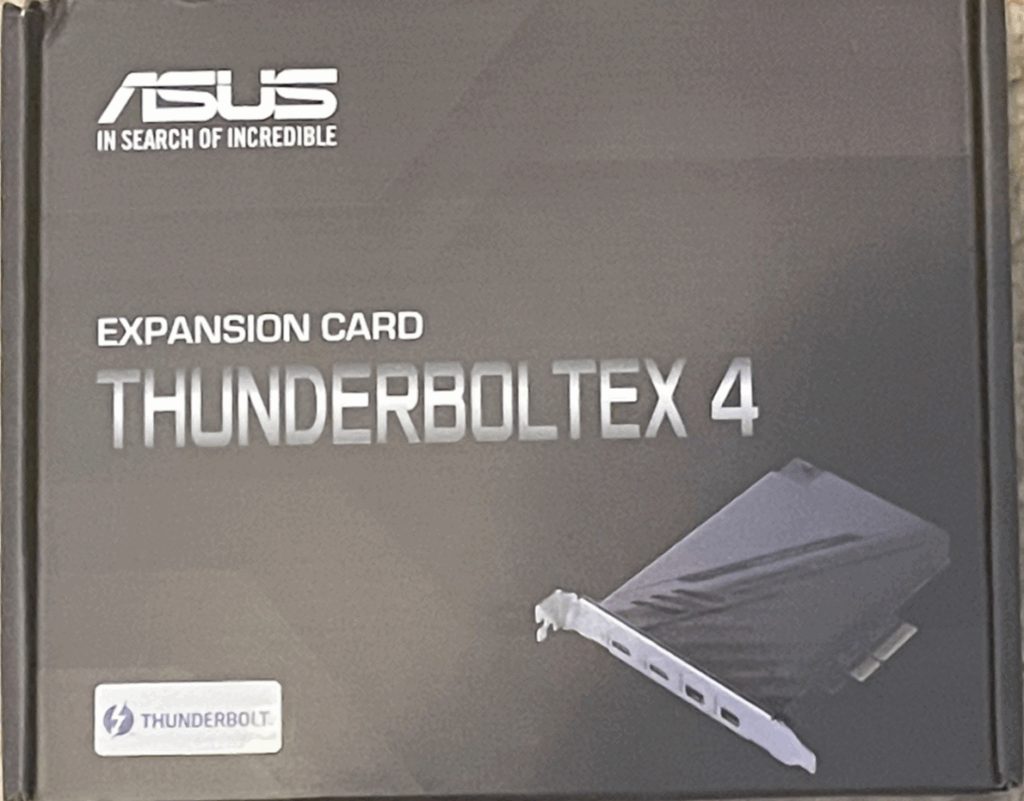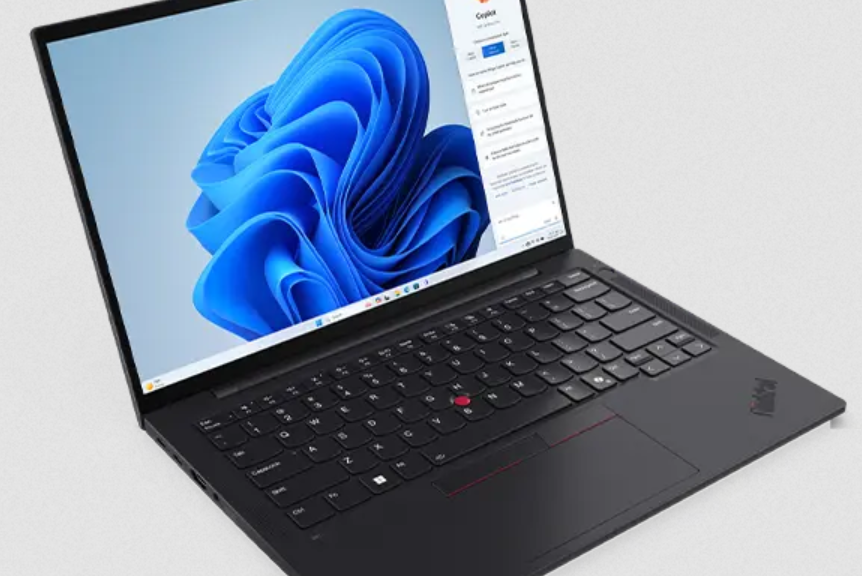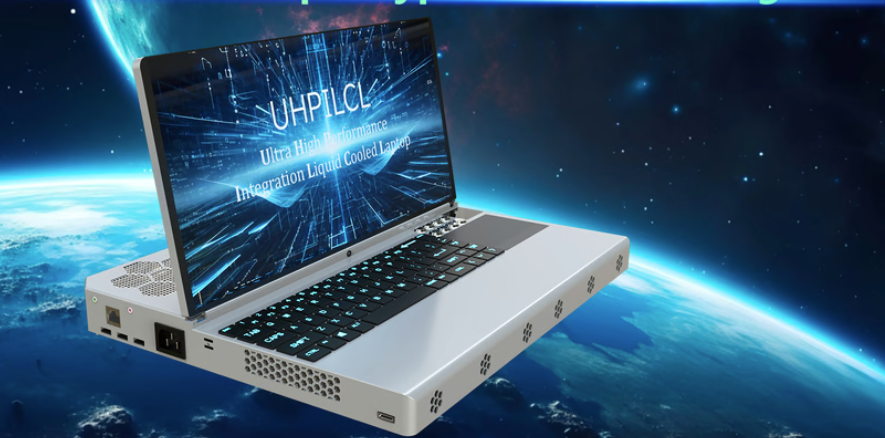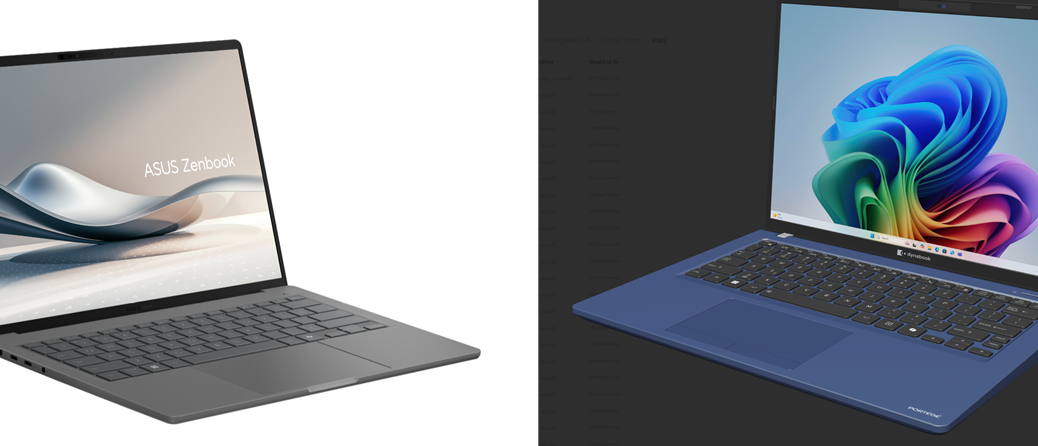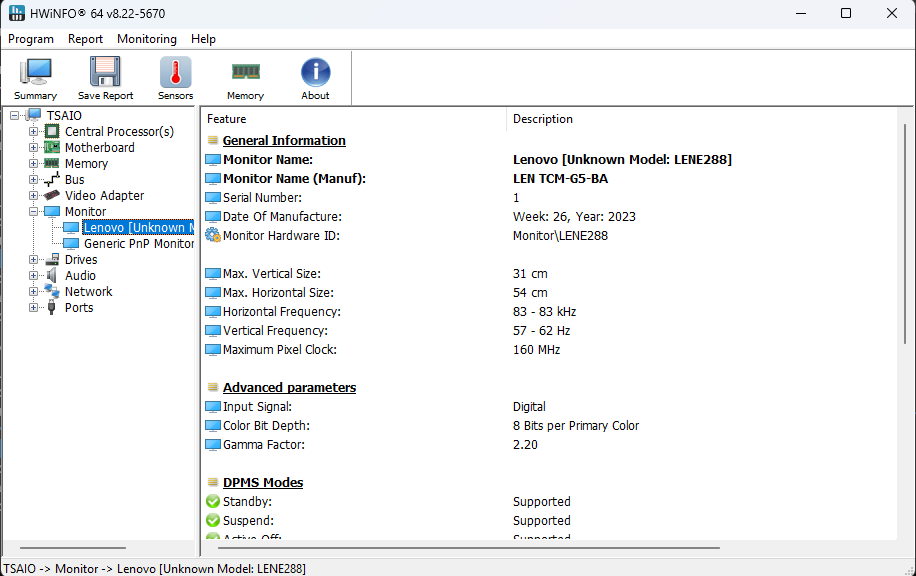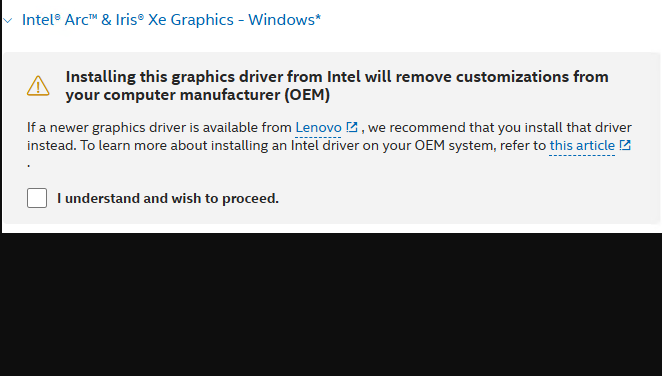OK, then. Color me surprised. I’ve been keeping an eye on this stuff, and this one got past me. Looks like Lenovo has been selling a small form-factor (SFF) PC with a Snapdragon X processor since April. It’s the Lenovo IdeaCentre MiniX SFF PC, as depicted in the lead-in graphic (front and rear views at top and bottom). I’d tried signing up for the Qualcom devkit early this year, but it never came through. This looks like a worthy successor, and is available at the Lenovo Store for US$750 or thereabouts.
I like the Lenovo IdeaCentre Mini X SFF PC, But…
The unit is small and reasonably well-endowed: X1P-64-100 ARM Snapdragon X, 32 GB RAM, 512 GB Gen4 NVMe SSD, Intel Wi-Fi7, and more. It’s got 2 10Gbps USB-A and 1 10Gbps USB-C ports on the front (plus an audio minijack). There’s more on the back, including GbE RJ-45, 2x10Gbps USB-A, USB-C 40Gbps (USB4), HDMI 2.1 and DisplayPort 1.4a. In fact, it’s got many more ports than the Qualcom devkit ever offered, and that never materialized.
Why, then, is there a “But…” at the end of the preceding heading? Because of late, low-end Snapdragon X laptops cost less than this SFF. That is, they include a screen and a keyboard, but cost less. Admittedly, such laptops usually lack RJ-45, HDMI or DP port, and also feature fewer USB ports than you’ll find in this SFF PC. Indeed, even Lenovo offers a lower-priced Snapdragon X unit (the IdeaPad Slim 3X, available at Best Buy for US$550, was discounted another US$100 recently during Prime Days).
All this said, I’ve had good luck with Lenovo SFF PCs, and have asked them to send me one of these for review if they can. But if you’re looking to “go low” on price and are OK with reduced RAM, CPU and storage, you can spend less and get a laptop instead. Hey, it’s your PC, so it’s your call, too. I’m interested, but for many a laptop will be a better choice. Copilot says that Lenovo, Acer and Asus have models under US$600 right now, with more such expected from Dell and HP later this year.
